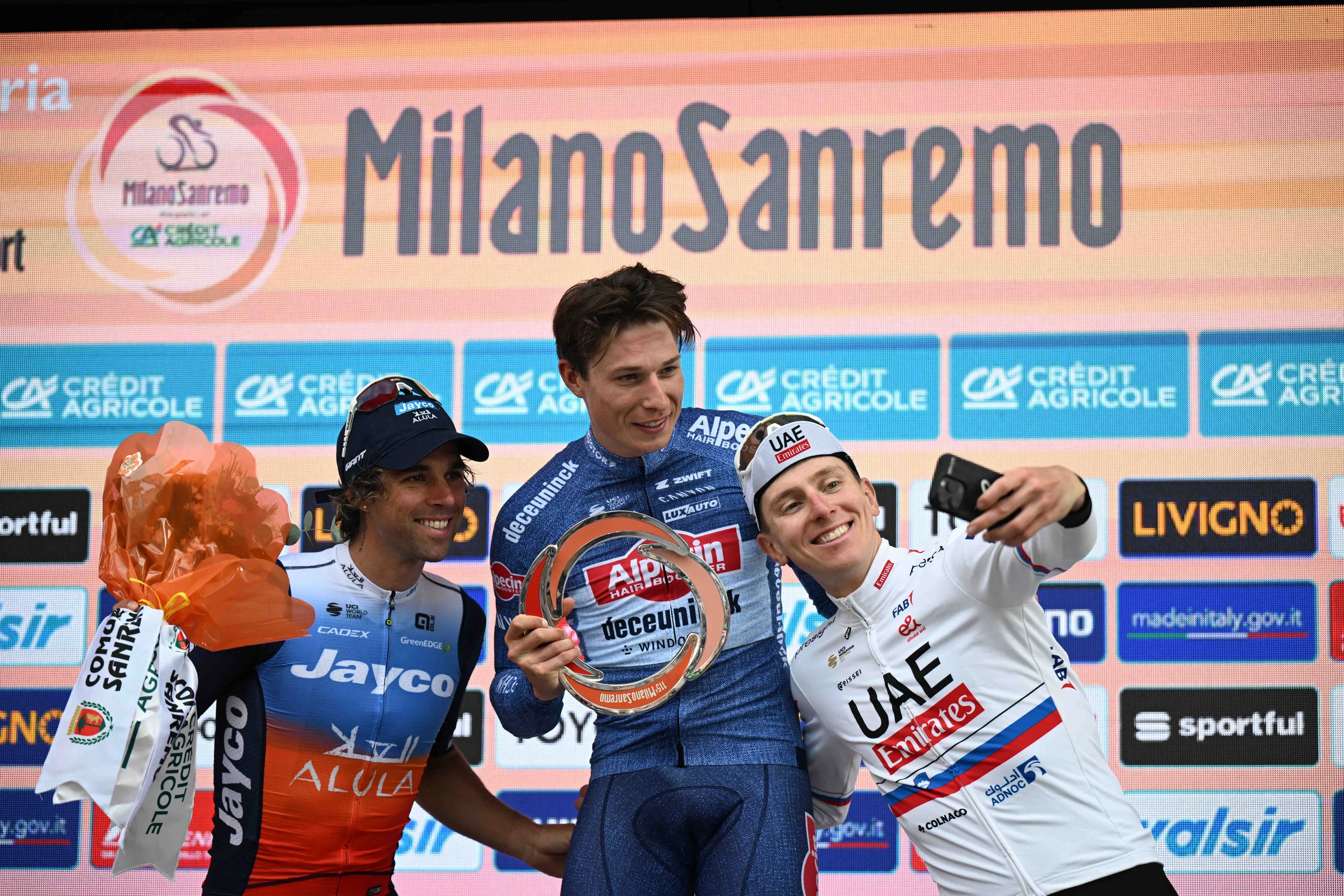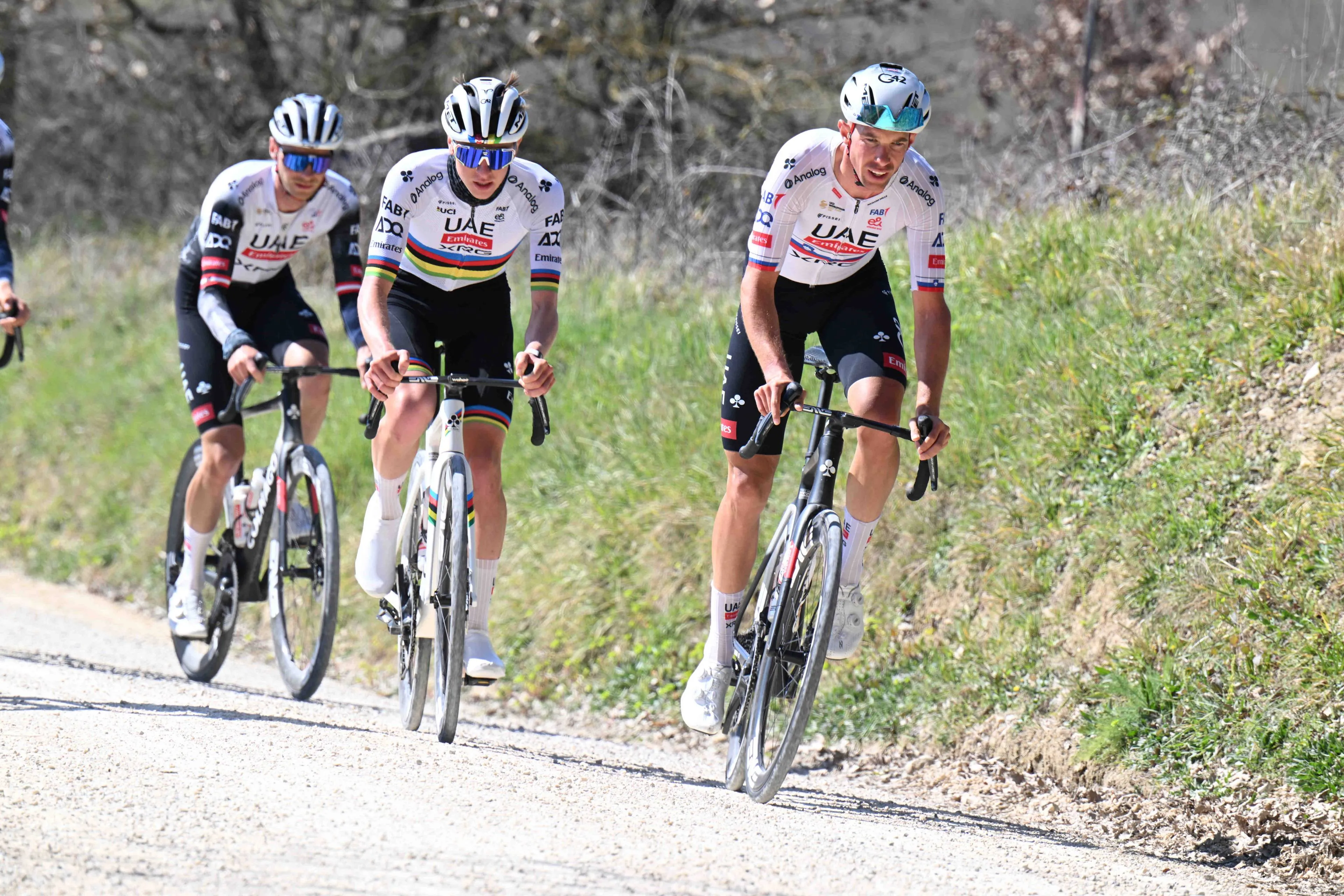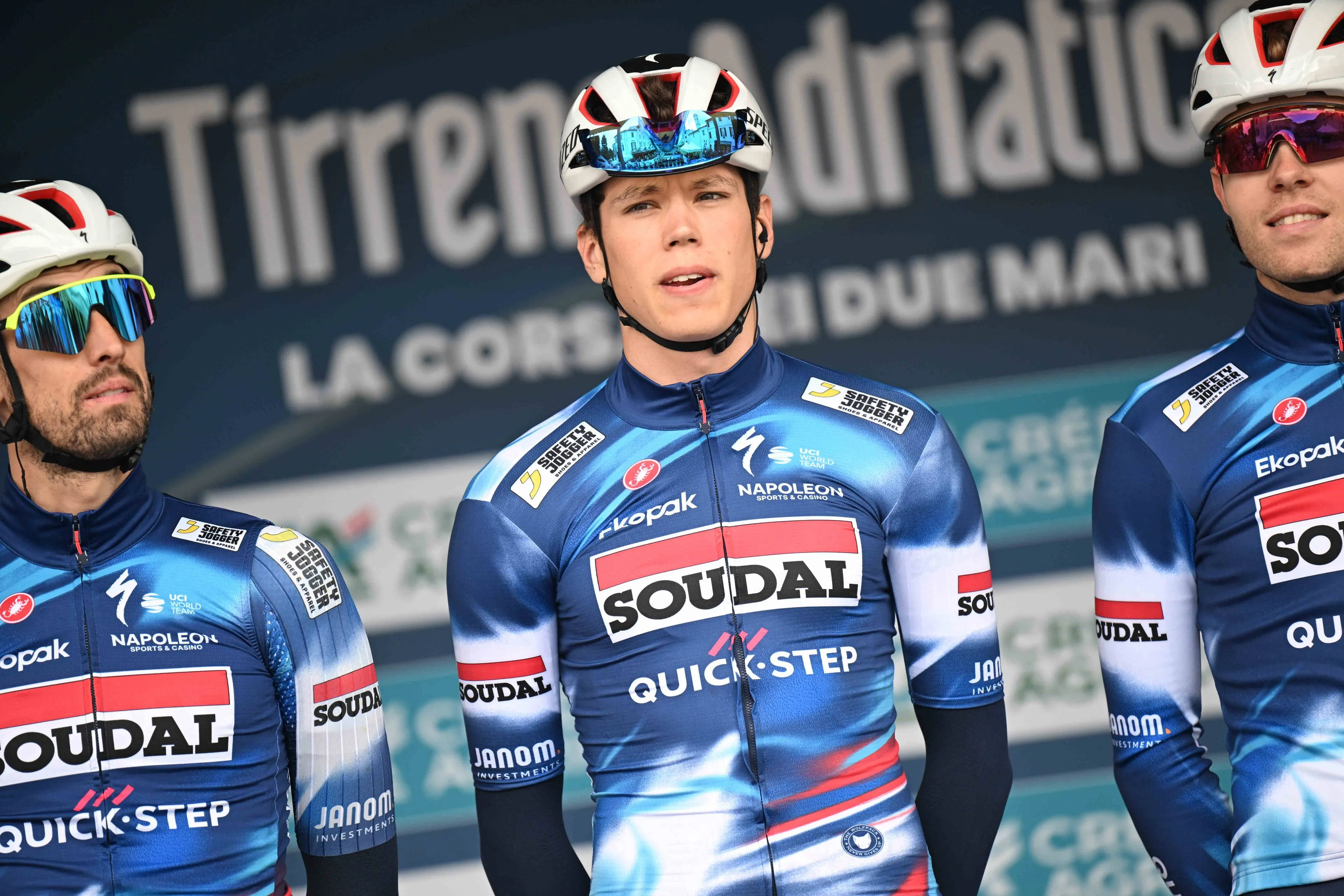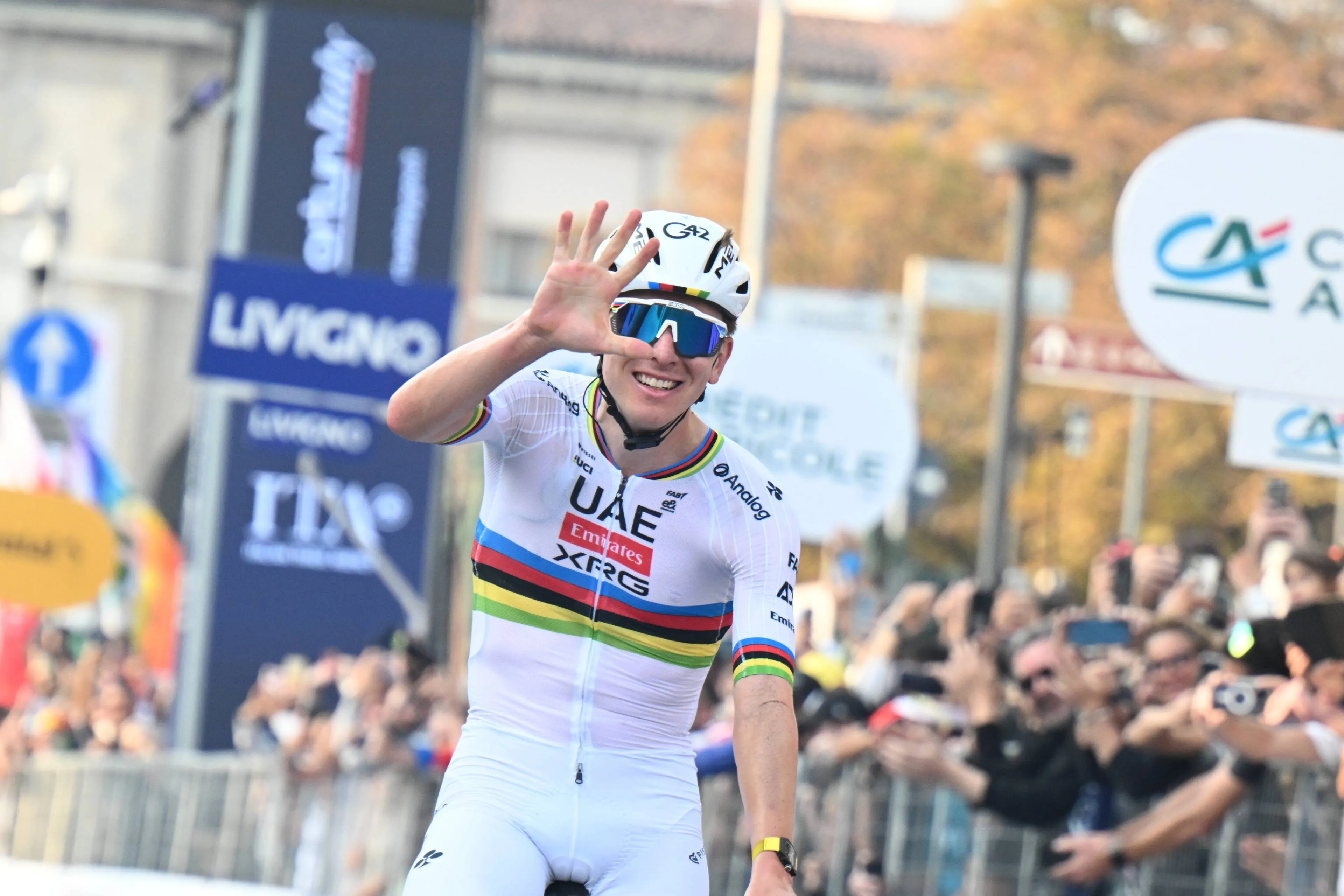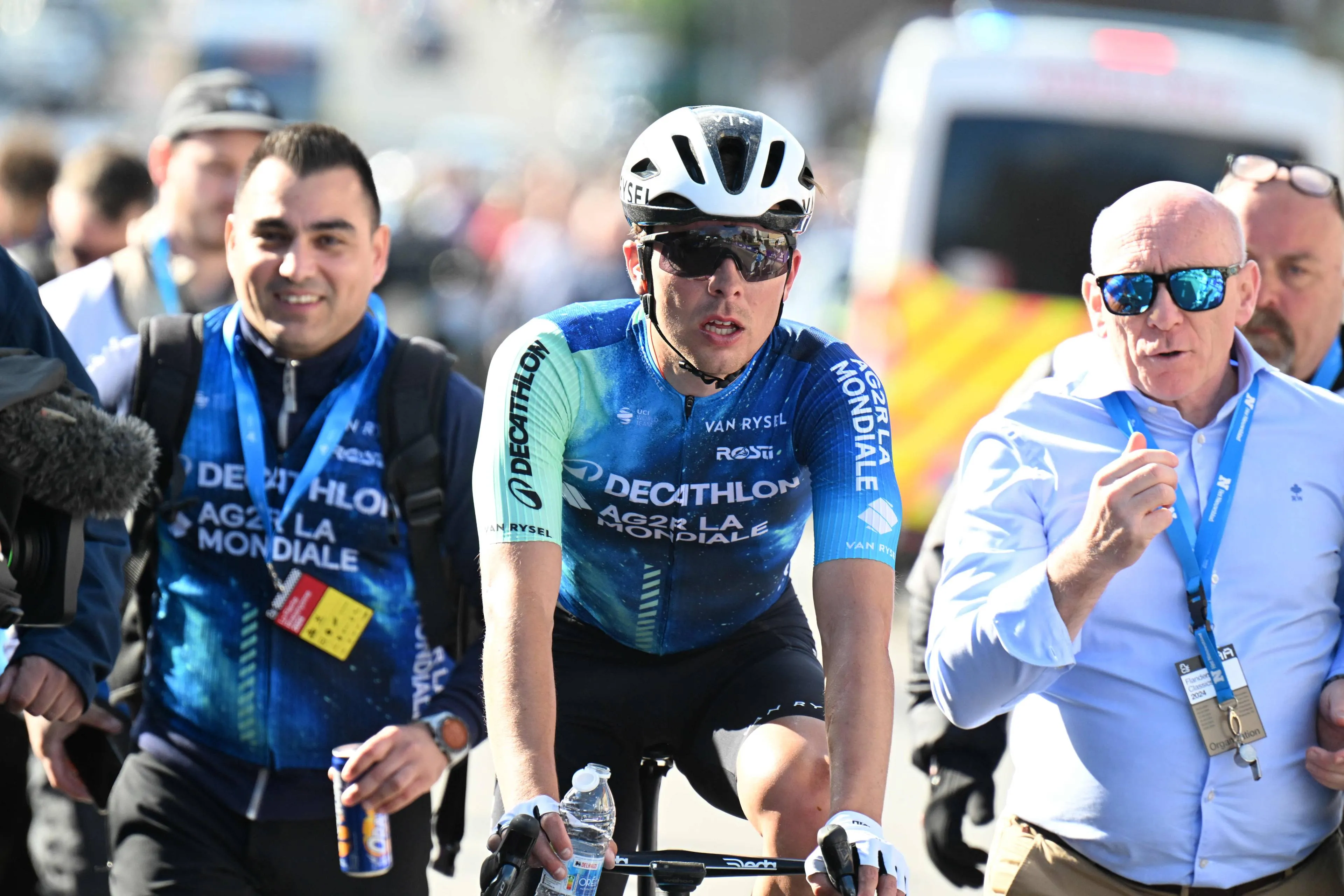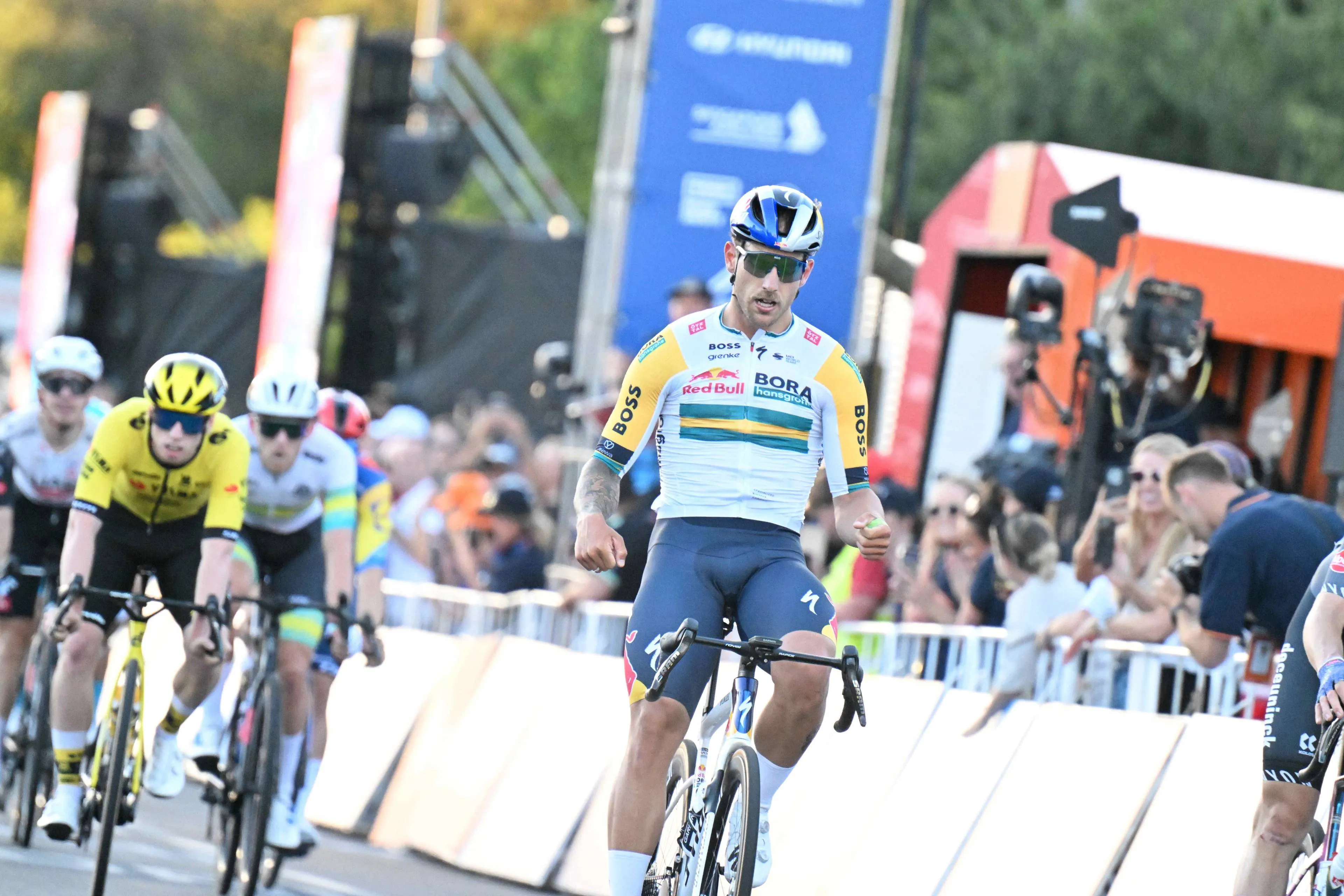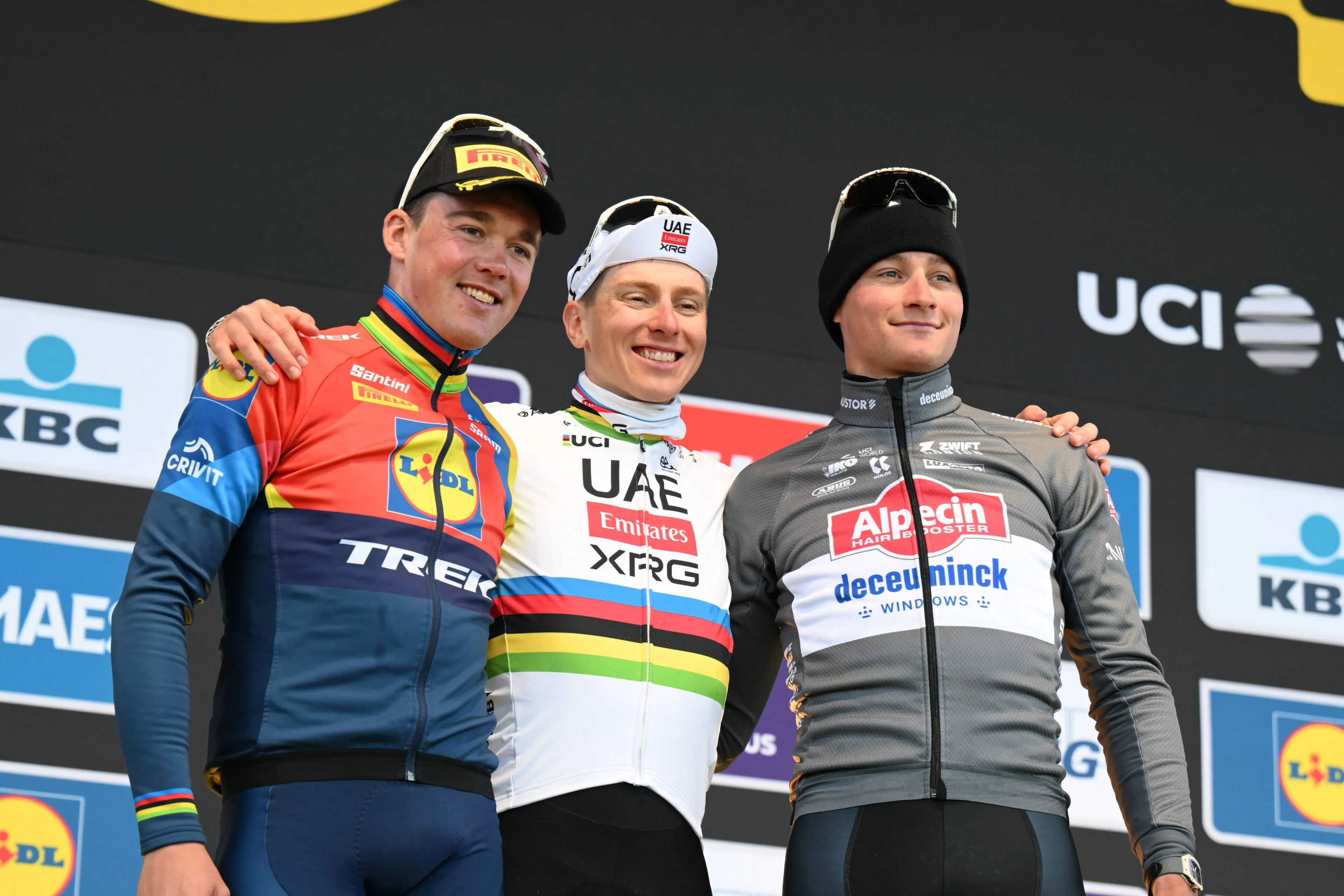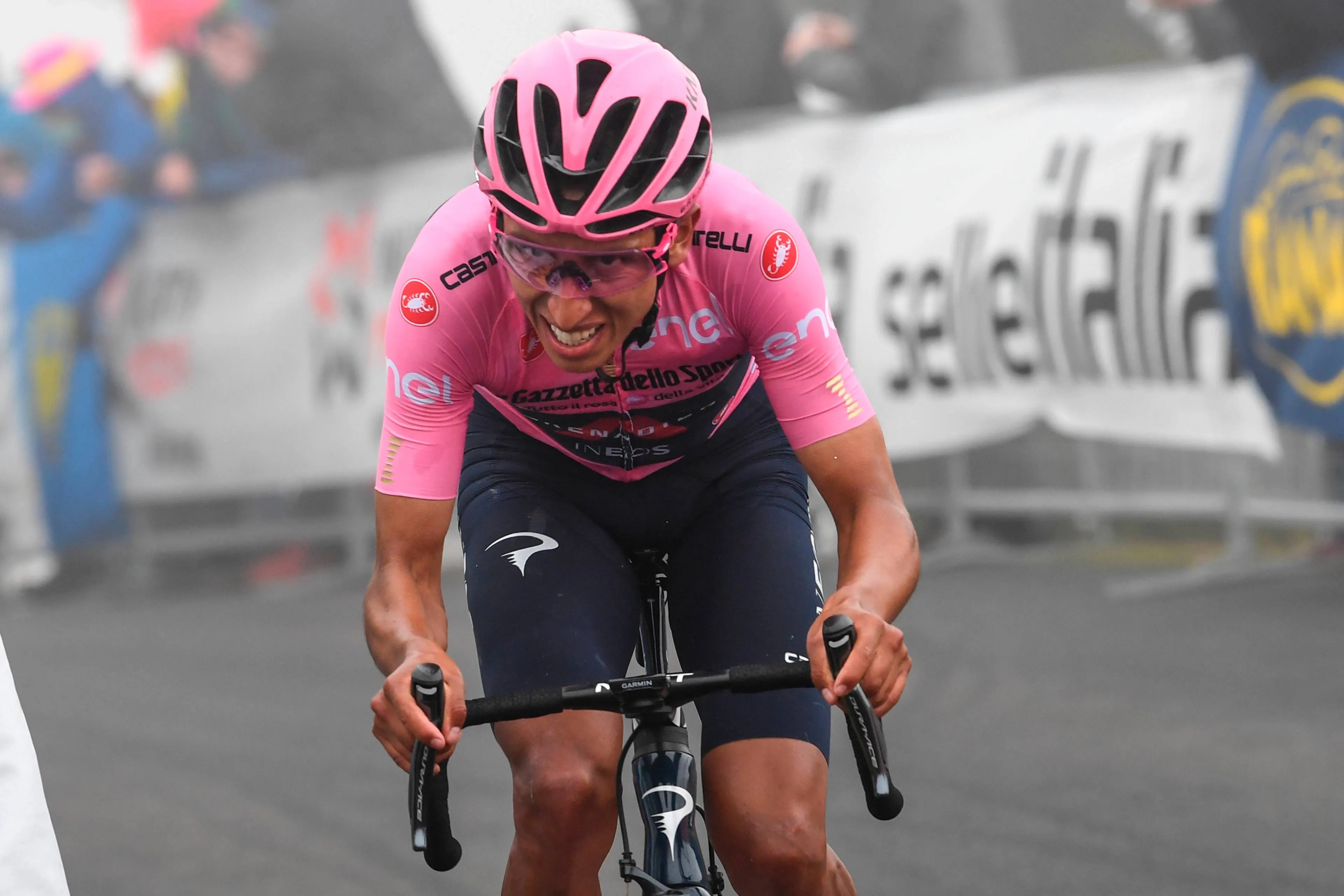ANALYSIS | Milano-Sanremo: The history of the monument that makes legends out of sprinters and climbers alike
CyclingWednesday, 19 March 2025 at 12:00
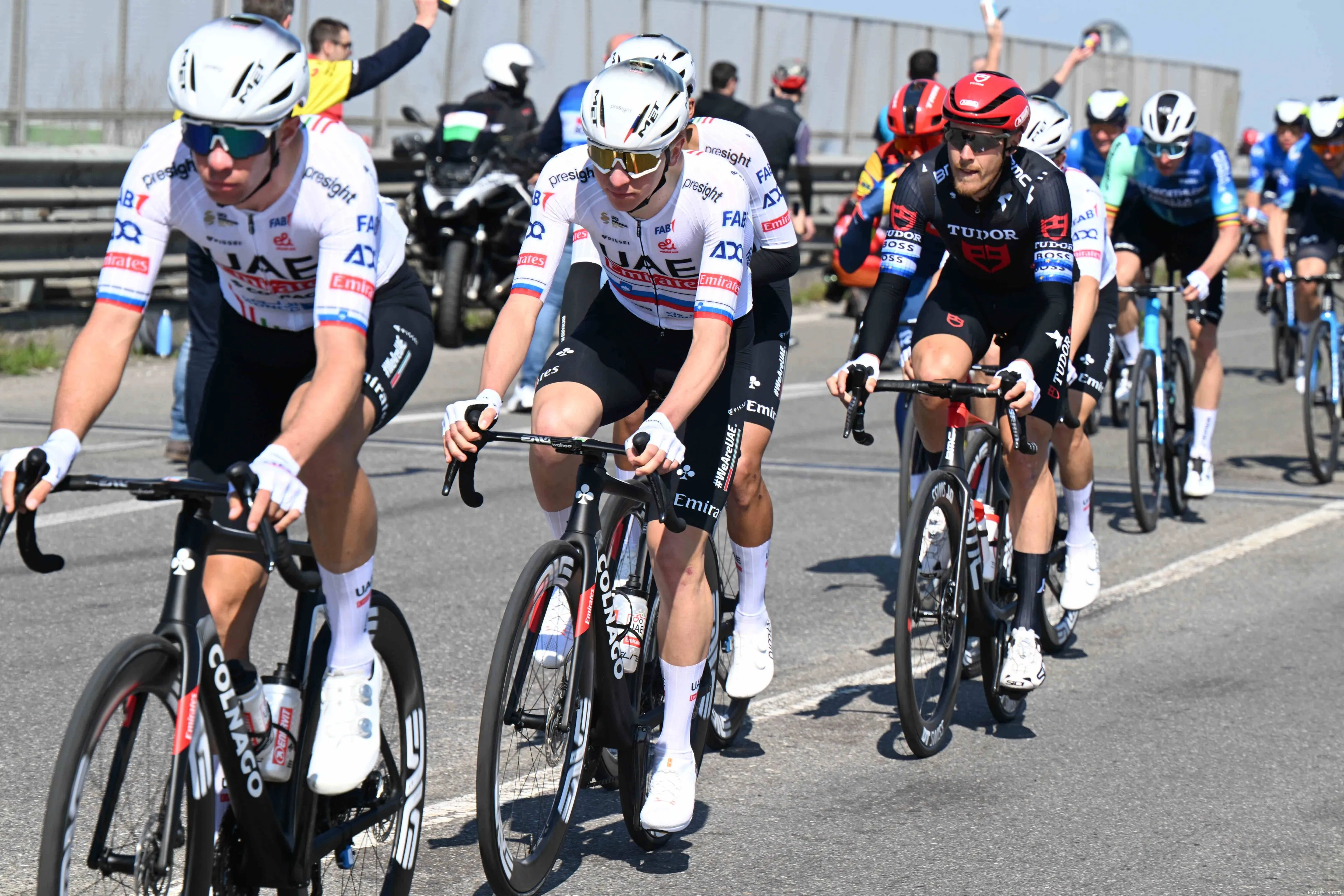
Every March, as winter gives way to spring, the cycling
world turns its attention to Italy for one of the most anticipated and most
beautiful races on the calendar: Milano-Sanremo.
Known as "La Primavera" (The Spring), this one-day
Monument is the longest professional race of the year and one of the most
unpredictable. Stretching nearly 300 kilometres from the northern city of Milan
to the coastal town of Sanremo, the race is a test of endurance, patience, and
perfectly timed execution.
Read also
While some Classics favour specialists, Milano-Sanremo is
unique in that a wide range of riders, from sprinters to punchers and even time
trialists, can realistically dream of victory.
It’s so unpredictable, that not even Tadej Pogacar has won
the race. Yet.
History
The origins of Milan-Sanremo date back to the early 20th
century when Tullo Morgagni, a journalist for La Gazzetta dello Sport,
proposed a long-distance race from Milan to Sanremo. The first edition, held in
1907, saw only 14 of the 33 starters reach the finish line, with Frenchman
Lucien Petit-Breton taking victory.
The early editions set the precedent for the unpredictable
and grueling nature of Milano-Sanremo, a race that continues to deliver
surprises more than a century later.
Read also
Unlike the cobbled Monuments such as Paris-Roubaix and the
Tour of Flanders, Milano-Sanremo lacks the brutal terrain that characterizes
those races. Instead, its difficulty lies in its sheer length. At nearly 300 kilometres,
it is the longest professional race on the calendar, demanding exceptional
endurance and tactical endurance too.
The route is largely flat in the first half, lulling riders
into a false sense of security before the real challenges emerge in the final
50 kilometres.
One of the most iconic features of Milano-Sanremo is the
Passo del Turchino, a climb that once played a decisive role in the race but
has since become more of a symbolic passage. The climb traditionally marks the
transition from the cold and often grey conditions of Lombardy to the bright,
picturesque Ligurian coastline. It was here, in the early years of the race,
that decisive attacks often went clear, but as cycling has evolved, its role
has diminished.
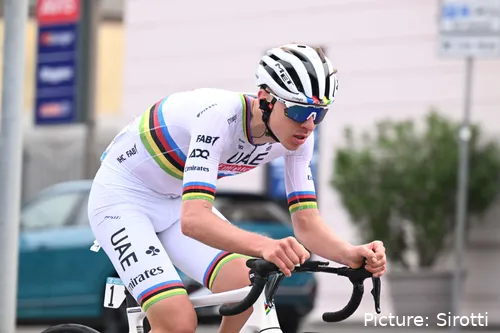
Tadej Pogacar his yet to have conquered Milano-Sanremo
The modern-day selection process typically begins with the
three "Capi", Capo Mele, Capo Cervo, and Capo Berta. While not
particularly steep or long, these climbs serve to soften the legs and eliminate
those who are not in peak condition. Riders who struggle with positioning or
find themselves too far back often burn crucial energy trying to stay in
contention.
The real battle, however, begins with the Cipressa, a
5.6-kilometer climb averaging 4% that was introduced in 1982 to make the finale
more selective. While it rarely produces a winning move, it does serve to
whittle down the peloton and set the stage for the race-defining Poggio di
Sanremo.
The Poggio, just 3.7 kilometres long, may seem unremarkable
on paper, but its placement so close to the finish makes it one of the most
critical points of any race. Introduced in 1960, the climb is often where
attackers launch their bids for glory, hoping to distance the sprinters before
the final descent into Sanremo.
Read also
This final stretch, a technical descent off the Poggio, has
played a decisive role in many editions of the race. Riders who can handle
their bikes at high speed gain an advantage here, with the descent often
proving just as crucial as the climb itself. The race then flattens out for the
last two kilometres, leading into a thrilling finale on the Via Roma, Sanremo's
famous finishing straight.
Legends of Milano-Sanremo
Over the years, Milano-Sanremo has produced some of the most
legendary moments in cycling history. Costante Girardengo dominated the race in
the early 20th century, winning six times between 1918 and 1928, cementing his
place as one of Italy's greatest cycling icons. The 1946 edition remains one of
the most celebrated, as Fausto Coppi launched an audacious attack after just 5km
and finished 14 minutes ahead of Lucien Teisseire to claim victory in a
performance that symbolised Italy's post-war resilience.
Perhaps no rider has left a greater mark on Milano-Sanremo
than Eddy Merckx. The Belgian superstar won the race a record seven times
between 1966 and 1976, showcasing his ability to win in a variety of ways, whether
in solo attacks, small breakaways, or bunch sprints. His victories cemented
Milaon-Sanremo as a race where both classics specialists and all-rounders could
thrive.

Jasper Philipsen won the most recent edition in 2024
In more recent history, the unpredictability of
Milan-Sanremo has been on full display. In 2008, Fabian Cancellara stunned the
peloton with a perfectly timed attack in the final kilometres, using his time trailing
ability to hold off the chasers. In 2017, Peter Sagan, Michał Kwiatkowski, and
Julian Alaphilippe engaged in a breathtaking three-man sprint, with Kwiatkowski
edging out Sagan by mere millimetres. The drama of the race continues to
captivate cycling fans, proving that despite the seemingly straightforward
course, Milano-Sanremo is anything but predictable.
One of the unique aspects of Milan-Sanremo is its ability to
accommodate a wide range of riders. Pure sprinters like Mark Cavendish, who won
in 2009, have found success when the race comes down to a bunch kick, while
aggressive attackers like Vincenzo Nibali, who triumphed in 2018 with a daring
solo move on the Poggio, have also had their moments of glory.
This dual nature
of the race means that no single style of rider has a guaranteed advantage,
making it one of the most exciting and open contests in cycling. If both sprinters and climbers can win, it’s certainly a
race that no one wants to miss.
Read also
The strategic element of Milan-Sanremo is what makes it so
compelling. Unlike the Tour of Flanders or Paris-Roubaix, where the strongest
riders often win through sheer power, Milano-Sanremo requires a perfect balance
of patience and opportunism. Attacking too early can lead to heartbreak, while
waiting too long can leave a rider without options. Every decision in the final
kilometres is magnified, making for a thrilling spectacle where race craft is
just as important as physical strength.
As cycling continues to evolve, so does Milano-Sanremo. The
race has experimented with additional climbs, such as the Le Manie ascent, in
an attempt to make thins more difficult for sprinters, but its core identity
remains unchanged. The tension that builds over nearly 300 kilometres,
culminating in a frantic and unpredictable finale, ensures that Milano-Sanremo
will continue to be one of the most anticipated races of the season.
Read also
Looking ahead to future editions, Milano-Sanremo remains a
coveted prize for riders of all disciplines. For sprinters, it represents one
of the few opportunities to win a Monument. For classics specialists, it offers
a rare chance to battle head-to-head with the fastest men in the world. And for
fans, it is a spectacle that never fails to deliver drama, proving year after
year why it is one of the most beloved races in cycling.
Milan-Sanremo is more than just a race; it is a celebration
of cycling itself. Its history, unpredictability, and ability to crown a wide
variety of champions make it a truly unique event. As long as there are
cyclists willing to push themselves to the limit, La Primavera will remain one
of the sport’s most cherished traditions, ushering in the new season with
excitement, beauty, and unforgettable moments.
Its charm lies in the unknown, the tension-filled moments
leading up to the Poggio, the chaotic descents, and the final stretch where
victory is decided in a matter of seconds. That is the magic of Milano-Sanremo:
a race that has stood the test of time and continues to deliver unforgettable
moments, year after year.
claps 1visitors 1
Just in
Popular news
Latest comments
- It's boring. Happy to acknowledge him as the GOAT, but it's boring.MidnightRider17-12-2025
- They are spending money like water for the wrong riders. No Ayuso or Remco but Haig, Kevin and Onley.abstractengineer17-12-2025
- Oh dear.leodis17-12-2025
- Ah pundits….those who cannot do, fill air time and column inches criticizing those who can… Eddy Merckx wins all the races…cycling is boring and sucks nowCrashjames17-12-2025
- Boring to see a generational talent in your own life time? We should all feel privileged to see it. I certainly do. I feel the same when I see other once in a life time amazing guys in other fields rewriting the record books: Magnus Carlsen in chess and Shoei Ohtani in baseball. And the way they carry themselves.. humble and respected by their peers adds to their appeal.Santiago17-12-2025
- As a current or ex crosser, you should be asking yourself 'what is VDP doing that I'm not', instead of bellyaching that he's winning everything. It's not boring for me to watch an athlete, at the pinnacle of their career, absolutely pulverised the opposition. Whether it be Tiger Woods, Usain Bolt, Roger Federer or indeed our own Tadej Pogacar. Are cyclists really such a bitter breed that we see excellence as boring? Personally, I'm in absolute awe. Here's a question for Mr Wellens, how long will it take before Thibaut Nys becomes boring, after VDP has hung up his wheels?Pogthegoat17-12-2025
- Monotonous? Boring? Pundit? WTF?MajorPayne17-12-2025
- What a backwards step for this team. First the signing of Ayuso and now every chance of Derek Gee.whit2pet17-12-2025
- and also let’s hope he doesn’t have a wife that goes off on the team and riders.mij17-12-2025
- with all due respect to Welsford, what has he won to deserve the title “ace”. he is there in many sprints, but other than some nationals and maybe a 3rd tier race, he isn’t exactly a feared sprinter in the peloton. of course with the right team he could become a winner, but is Ineos the right team? Unlike a Quick-Step, Ineos is not exactly sprinter friendly. they don’t have a track record of developing winners at sprinting.mij17-12-2025
Loading
Write a comment
